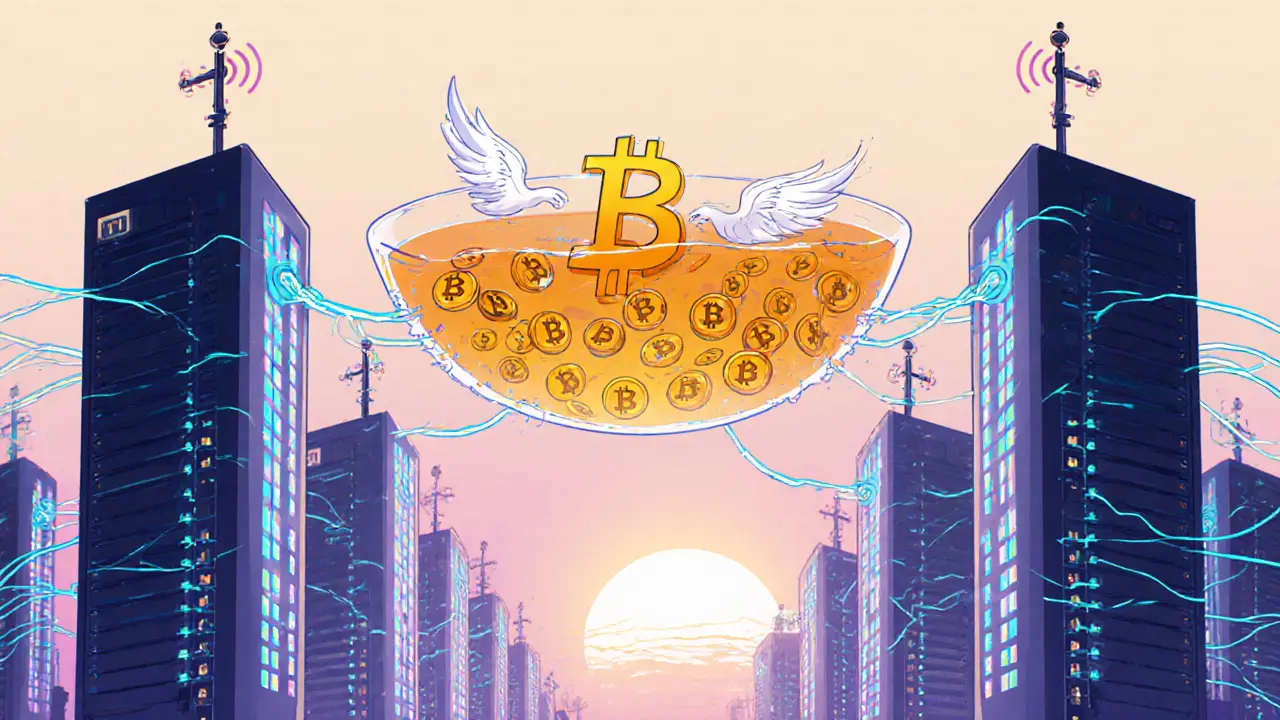Transaction Confirmation
When dealing with transaction confirmation, the process that proves a crypto move is final and irreversible. Also known as tx confirmation, it ties together several core parts of the ecosystem. For example, blockchain a distributed ledger that records every transaction provides the immutable record, while a crypto wallet software or hardware that holds private keys and initiates transfers must wait for enough confirmations before showing a settled balance. smart contracts self‑executing code that runs once conditions are met also depend on confirmations to avoid double‑spend attacks. In short, transaction confirmation is the bridge that turns a raw broadcast into a trusted state change.
Why Confirmation Matters for Users and Platforms
Every time you send Bitcoin, Ethereum or any other token, the network adds your move to a block. That block is then linked to previous blocks, creating a chain. The more blocks that follow, the deeper the confirmation count, and the harder it is to rewrite history. Wallets usually wait for a preset number of confirmations—often one for low‑value transfers, six for high‑value ones—because each extra block reduces the risk of a rollback. Exchanges enforce stricter rules; a major exchange might hold deposits until twelve confirmations arrive to protect against costly hacks. Smart contracts, especially those handling large sums or issuing NFTs, embed confirmation checks into their code to ensure the underlying transaction is immutable before proceeding. This web of dependencies shows how blockchain verification influences wallet behavior and contract execution.
Security teams also look at confirmation speed. Faster block times, like those on Solana or Avalanche, mean users see their funds confirmed in seconds, but they may also face higher orphan‑rate risks. Slower networks, such as Bitcoin, give stronger finality at the cost of minutes‑long delays. Understanding these trade‑offs helps you choose the right platform for your needs, whether you’re a trader watching market spikes or a developer building a DeFi app that can’t afford stale data.
Below you’ll find a curated collection of articles that dive deeper into each angle—play‑to‑earn tokens, airdrop verification, DEX reviews, and regulatory updates—all tied together by the common thread of transaction confirmation. Use these guides to see how confirmation impacts tokenomics, assess the risks of new projects, and learn practical steps to verify any crypto move before you act.
Understanding Bitcoin Mempool: How It Works & Why It Matters
Learn how Bitcoin's mempool works, from transaction broadcast to miner selection, default settings, fee market dynamics, and practical monitoring tips.
read more

